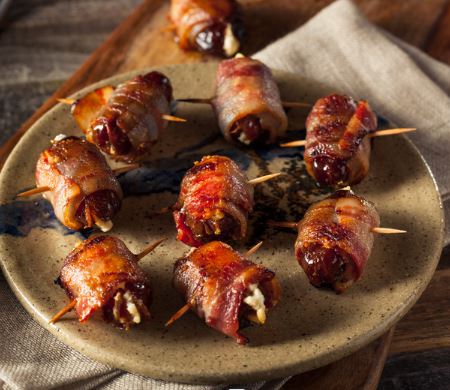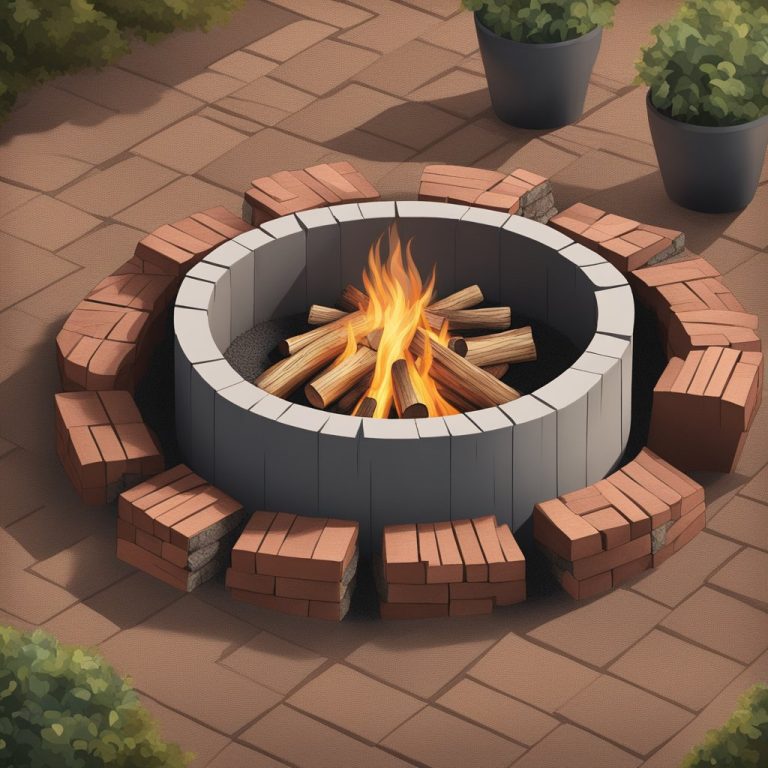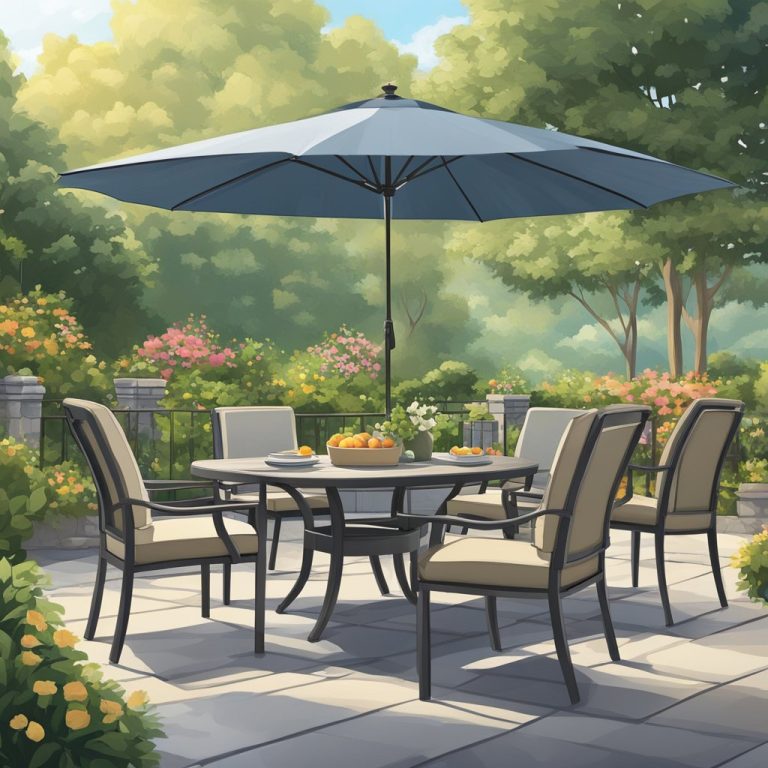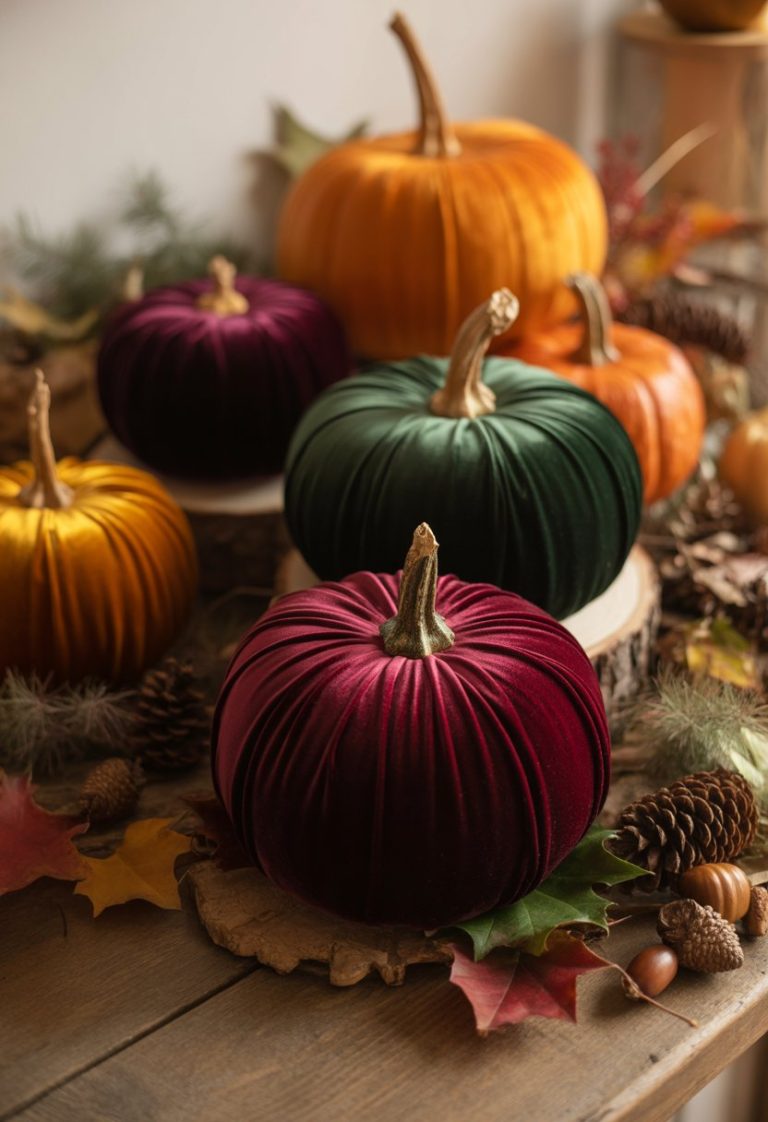Clay vs Cast Iron Chiminea: Which Look Will Inspire Your Backyard Design?
We became interested in chimineas on a business trip to Scottsdale many years ago. The hotel we stayed at had several small ones positioned strategically along the pathways that meandered throughout the resort. And with the alluring smell of mesquite wood, we were hooked.
Our patio is not huge, so a masonry fireplace is definitely out. Even a paver fireplace would take up enough room that it would spoil our backyard view. We began looking for a chiminea that had charm, but wasn’t too kitchy or themed for the southwest.
Some Points to Think About
When thinking about a chiminea, think slow, small and maintainable. Like a small pizza oven vs. large, gargantuan pizza ovens in the backyard kitchen.
Outdoor clay fires require some time and work to warm up, so keep that in mind. Cast iron, on the other hand, necessitates maintenance on a regular basis. Both produce outdoor heating for your patio or pool deck.
A chiminea is a practical way to enjoy the warmth, sounds and smells of a modest-sized backyard fire – along with beauty, ritual, isolation, and time spent outside. These encounters are enhanced by the addition of any sized chiminea. And it can even inspire spontaneity.
But you are here to learn more about chimineas and the types which may be suitable for your uses, for that, read on.
The Advantages and Disadvantages of Having a Traditional Clay Chiminea
Although it is lighter than cast iron, clay can still be quite hefty depending on the size. Despite the mass, when scooping out ashes, it’s easier to tilt than other materials are
In a backyard scene of brickwork, grass, trees, and plants, rustic and beautiful, clay has an earthy, natural look that can’t be matched by man-made products.
Pro: There is no assembly required
In case you’re dealing with a chiminea for your backyard or small patio, and scale is a design consideration, a small clay chiminea doesn’t look as massive as one made of cast iron or cast aluminum.
Pro: Versatile. With the correct woods and a grilling element, you can use them for cooking in your outdoor space.
Con: Frequently delicate. Choosing an inexpensive or cheaply made clay chiminea may result in cracking or bursting in freezing temperatures. Unfortunately, there are a lot of poorly made clay chimineas on the market.
Many of the ones offered in supermarkets and big box stores are factory-made, with material and structural defects.
Tip: However, there are some exquisitely produced, artisan-quality clay chimineas on the market. And if you decide you want clay, this is the type you should seek out.
Authentic, handcrafted Mexican clay chimineas with only one big entrance in the fire chamber and a wide flue will fare considerably better. This results in more effective burning, optimal drafting, and reduced smoke for your chiminea fire.
If you can find a chiminea constructed of Chimalin, you’ll have a superb product as well as a shortcut to easy use and upkeep.
You may need to visit a local or independent garden shop and inquire about how they obtain their terracotta items. It’s well worth the time and work, and you don’t have to spend a fortune to have something safe, dependable, and incredibly lovely.
Tip: Clay chimenea recommendation
Chimalin AFC (Advanced Fire Clay) is a particular clay mixture that resists thermal cracking. It comes with a five-year warranty. It can be used to burn charcoal or any form of wood. It doesn’t need to be “seasoned.” It also doesn’t require a sand insulating layer or a warm-up period. When you’re out shopping, search for the Chimalin AFC sticker if you can.
The Benefits and Drawbacks of Cast Iron Chimineas
 Con: It’s possible that it’ll be quite a heavy weight.
Con: It’s possible that it’ll be quite a heavy weight.
Pro: It’s not sensitive to frigid temperatures.
Pro: It can burn any kind of wood or charcoal.
Pro: Freezing temperatures do not affect it.
Pro: There is no need for a warm-up time.
Pro: Long-lasting and durable
Pro: Thieves are unlikely to target it because it is difficult to move.
Con: Maintenance is required on a regular basis.
Con: May rust vs clay
The most obvious benefit of an iron chiminea is that it is not as sensitive as clay, so if you are a heavy-handed cook, this could be ideal for you. In its fire chamber, you can use any type of log.
It’s a good idea to “season” the interior with a few tiny kindling fires, just like clay, but you don’t need to do so for subsequent applications.
Chimineas made of cast iron have an elegant, strong, well-established aesthetic that iron has had for centuries. Their traditional look is at home in most backyard decor.
A high-quality cast iron chiminea will generally cost more than a clay chiminea, but you want something of good quality because you’re dealing with fire. You pay good money for a cast iron chimenea, it should last.
If rust is a concern for you, another potential issue with cast iron is rust. Even if you cover it and store it away from the elements on wet days, it will rust. If you live in a dry climate, it will happen at a considerably slower rate. Of course, frequent maintenance can help to mitigate this problem.
What to Look For In a Cast Iron Chiminea
If you want the unrivaled beauty of a real cast iron fireplace, go for a cast iron one which:
- Is made for proper drafting and produce little to no smoke when burned. Your neighbors will appreciate it.
- has carry handles and a cast iron grilling insert••
The Third Option
There is a low-maintenance answer to the issue of desiring a cast iron chiminea but without having to deal with the frequent upkeep and rust risk..
As a low-maintenance alternative to cast iron consider a Cast Aluminum Outdoor Fireplace
• Has the appearance of cast iron
• It is lighter than cast iron.
• It’s not constructed of sheet metal, but of solid cast aluminum.
• It will not rust like cast iron.
• It is long-lasting and durable.
• It’s constructed for proper drafting, and it burns with little to no smoke.
• It features carry handles to make it easy to move around the yard.
• A tiny cast iron grilling attachment is included.
• It comes in a variety of finishes and styles
• It is heat resistant
• Provides outdoor heating similar to a patio heater
Instructions for Using and Caring for Clay Chimineas
Still unsure if an excellent clay chiminea is right for you? Consider the following tips for getting the most out of your outdoor fireplace and extending its life. (Thermal shock and cracking guidelines do not apply to Chimalin AFC.)
Clay chimineas are more fragile and susceptible to temperature shock than metal chimineas. As a result, you should always begin by insulating the bottom of your new clay chiminea with a layer of play sand.
Before starting your first fire, you’ll need to “season” or cure the interior with a tiny kindling fire, creating a thin layer of soot. You’ll start by building the same kind of little fire every time you wish to use your clay chiminea until the exterior is warm to the touch. This will also aid in the prevention of cracking.
Seating a clay fireplace on a slanted or uneven surface may result in hot areas and cracks.
The outside heats up, although not as much as metal. If you have little children or pets, don’t forget this aspect of safety. Or simply having someone around who is clumsy and prone to mishaps.
You don’t need a large fire to generate a lot of radiant heat. Too large a fire will cause the clay to over-fire, which could lead to cracking. Or, much worse, bodily harm and property destruction.
When it’s time to go to bed, use a pail of sand instead of water to put out the fire. Alternatively, simply stir the sand layer over the embers and cover the front entrance with a metal spark screen (you should have one).
Of course, a clay chiminea will need to be covered and protected from rain and freezing temperatures. Although some of them come with a clay flue lid, full covers are usually purchased separately. But keeping a chiminea covered will help it last longer.
SUMMARY – THE MAIN POINTS
If you like the classic look and feel of a clay fireplace and don’t mind nurturing it a little, a high-quality, handcrafted, real Mexican chiminea will suit you best.
If you want the timeless elegance of a cast iron chiminea and don’t mind a little routine upkeep, go for the best quality available.
It is hard not to recommend a Cast Aluminum Outdoor Fireplace if you want something robust, solid, and attractive with the look of cast iron but none of the maintenance. Cast aluminum has certainly muddied the waters of the clay vs cast iron debate.
A Word About Woods
In a clay fireplace, we recommend burning wood like hardwoods or pressed logs that are free of waxes and resins. They burn more slowly and evenly, and they don’t produce hot patches that can cause cracking.
Also, consider the size of the fire chamber in relation to your wood source when purchasing for any form of outdoor fireplace.
Burning hickory wood in a clay chiminea can result in fewer annoying flying insects, including mosquitoes. If you get a chiminea and are harassed by flies or other pests while trying to relax in the backyard, aromatic or fragrant woods are worth a try.
Try mesquite. It’s how we first learned of the charm of chimineas.







